- Home
- TV History
- Network Studios History
- Cameras
- Archives
- Viewseum
- About / Comments
Skip to content
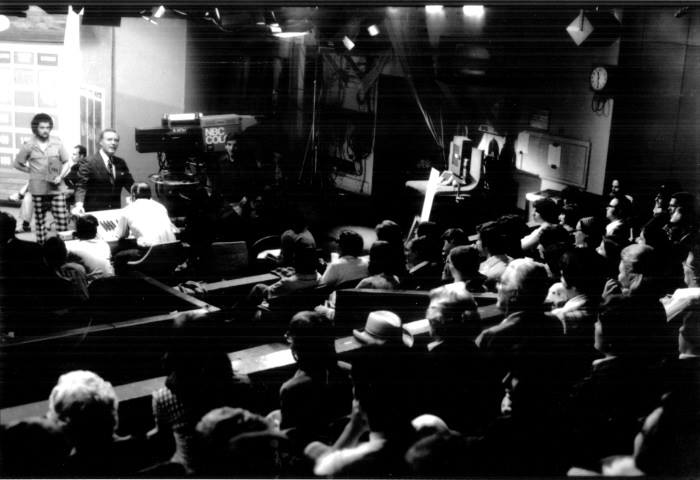

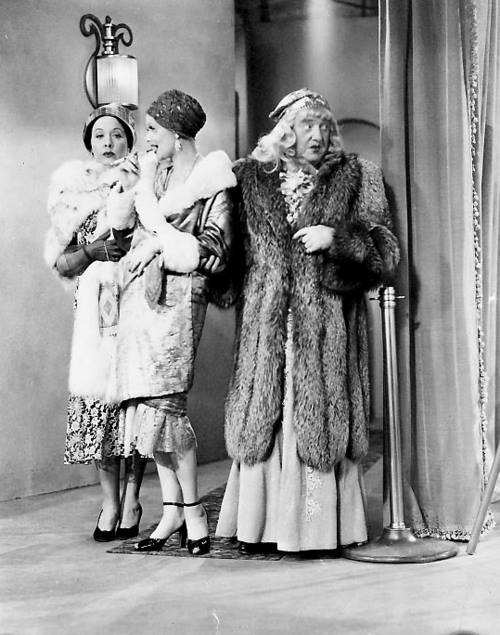





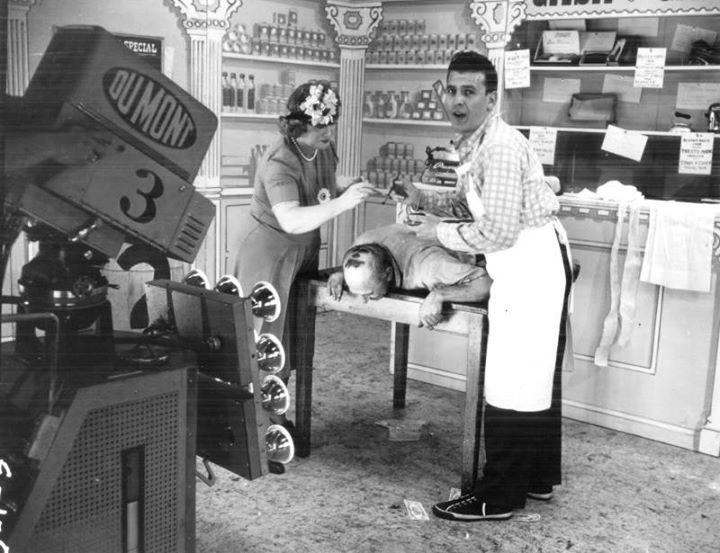

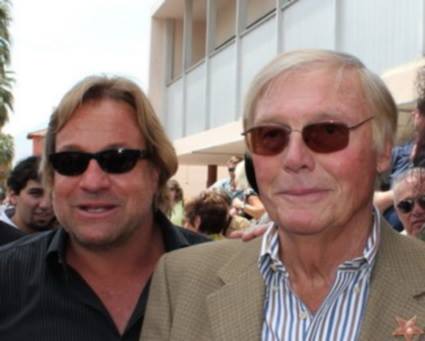

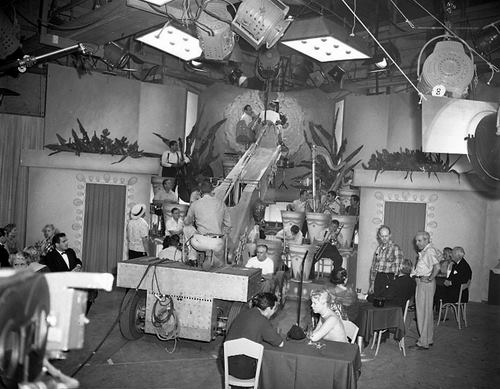



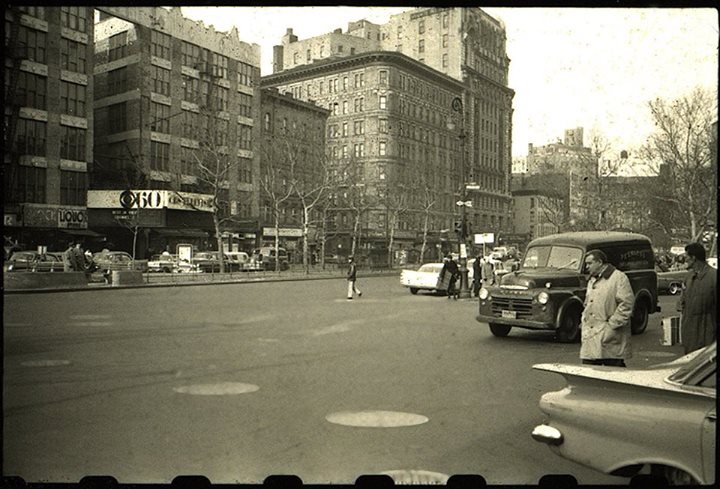

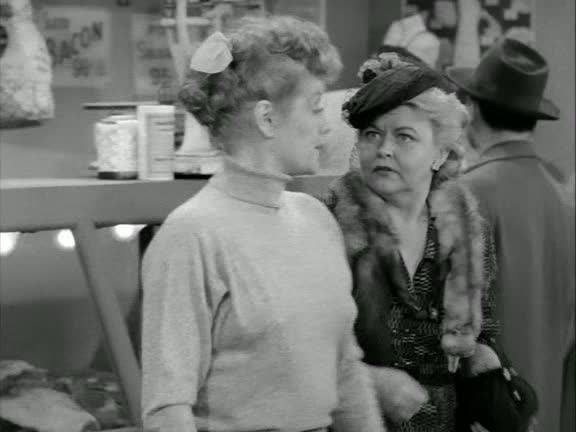



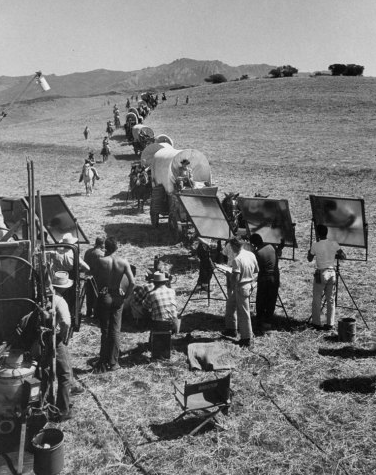

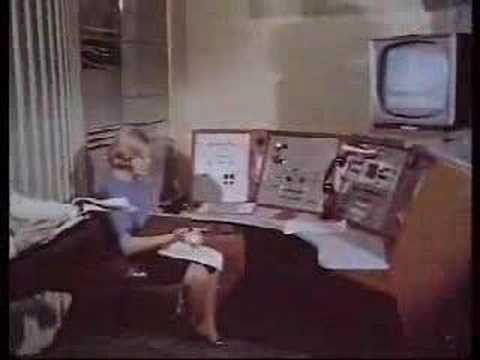

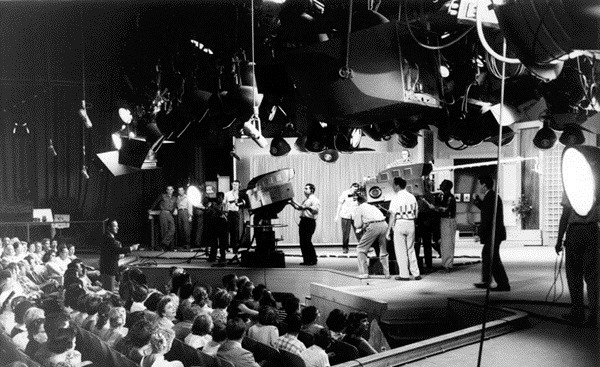

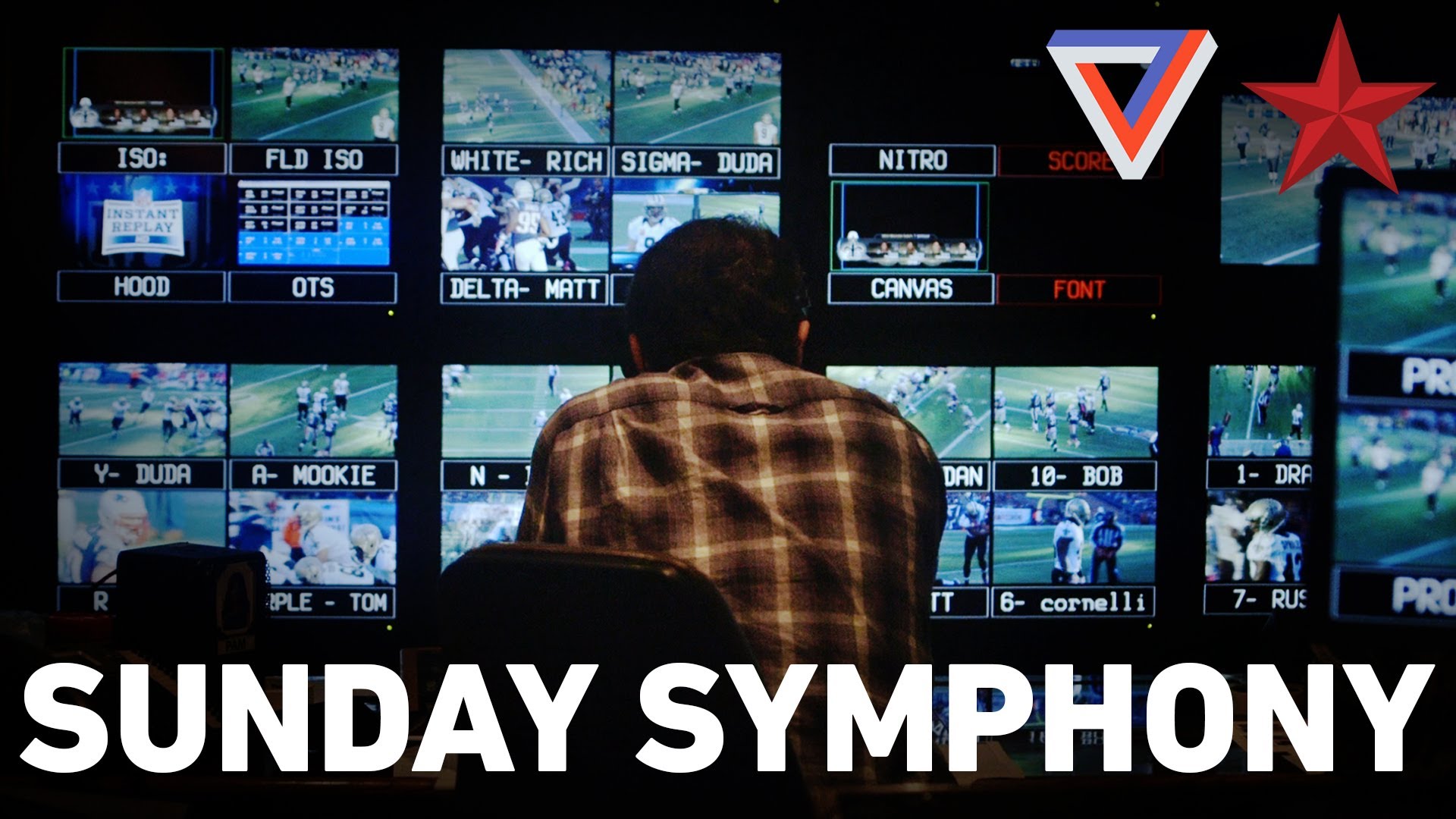



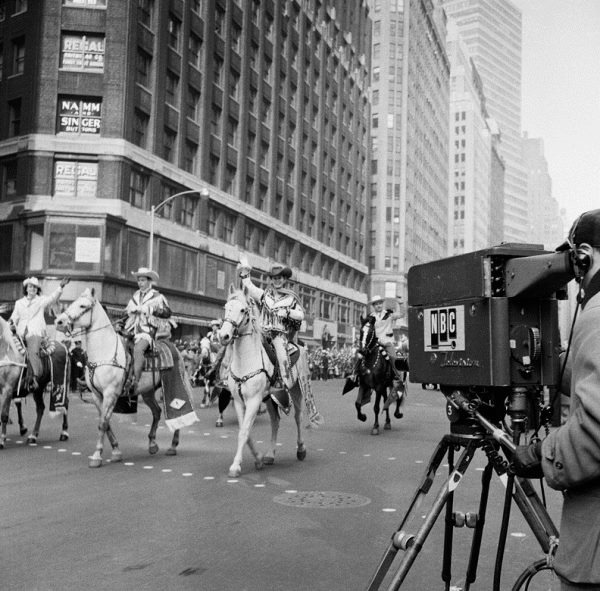



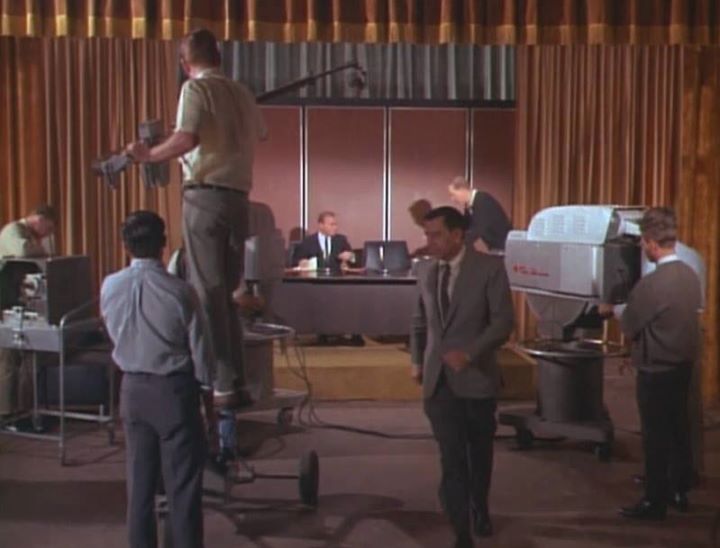

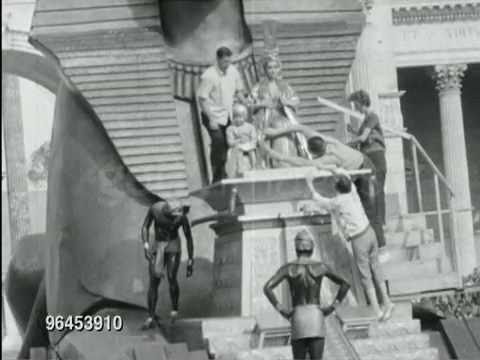

Posts in Category: TV History
Page 101 of 136
« Previous
1
2
3
4
5
6
7
8
9
10
11
12
13
14
15
16
17
18
19
20
21
22
23
24
25
26
27
28
29
30
31
32
33
34
35
36
37
38
39
40
41
42
43
44
45
46
47
48
49
50
51
52
53
54
55
56
57
58
59
60
61
62
63
64
65
66
67
68
69
70
71
72
73
74
75
76
77
78
79
80
81
82
83
84
85
86
87
88
89
90
91
92
93
94
95
96
97
98
99
100
101
102
103
104
105
106
107
108
109
110
111
112
113
114
115
116
117
118
119
120
121
122
123
124
125
126
127
128
129
130
131
132
133
134
135
136
Next » ‘Jeopardy!’ A Fred Westbrook Photo
On December 11, 2013
- TV History
‘Jeopardy!’ A Fred Westbrook Photo
This is ‘Jeopardy!’ from NBC Studio 6A with host Art Fleming talking to the audience in a pre show warm up round. The cameras are RCA TK44s and on the right is the show’s credit roll box. A popular staple of late night comedy shows was always the bit where they give the answer and then the question. Steve Allen did it as The Question Man, and Johnny Carson did the exact same thing as Karnak the Magnificent. Under the contract of ‘The Merv Griffin Show’, his failed NBC afternoon talk show, Merv was owed a couple of commitments for game shows. He originally tried to assemble a comedy quiz program based on the answer-before-the-question premise but it didn’t come together. At the suggestion of his then-wife, he made it a non-comedy show and defied the notion that daytime TV viewers wanted fluff, not hard questions. In no time at all, Jeopardy! became one of the greatest success stories in the history of television. It debuted in March of 1964 and lasted on NBC until January of 1975. In ’74, a lady named Lin Bolen had taken over in the programming division of NBC and put a new show she had developed called ‘Jackpot’ in the coveted ‘Jeopardy!’ time slot, moving that show to a later, less desirable hour. Both shows failed. NBC cancelled ‘Jeopardy!, but…under the terms of their contract with Griffin’s company, Merv was owed another year of some show, so he came up with ‘Wheel of Fortune’. It debuted the Monday following the last ‘Jeopardy!’ with Chuck Woolery, as the host. In 1978, after Bolen was no longer at NBC, the network tried bringing ‘Jeopardy!’ back in a slightly-glitzier format — at Griffin’s insistence, with Art Fleming — but it only lasted five months. Then in 1983, with ‘Wheel of Fortune’ still doing well on NBC daytime, Griffin launched a syndicated nighttime version. It was a smash so Merv immediately revived ‘Jeopardy!’, hired Alex Trebek to host and sold the two shows as a package. Does anyone know who the bearded man with the check pants is standing behind Art Fleming? I think he is either a producer or floor manager. He is in several shots from the show including the Glenn Mack photo below from this same show. Thanks to Mark Evanier at oldtvtickets.com for the background information.
I Couldn’t Resist…
On December 11, 2013
- TV History
I Couldn’t Resist…
After looking at hundreds of shots, I’ve come to the conclusion that at least half the visual magic on ‘I Love Lucy’ is in the faces of the characters. It seems about a quarter of the fun is in big pay off ‘reveal’ shots like this, and the final quarter is in the movement and body language of the cast. There is a huge dose of animation throughout each episode that borders on cartoonish, but usually doesn’t cross that line. For my money, the cast of Lucy, Desi, Fred and Ethyl is the best ensemble of characters ever to appear on television.
‘The Price Is Right’ A Fred Westbrook Photo
On December 9, 2013
- TV History
‘The Price Is Right’ A Fred Westbrook Photo
This is a rare photo taken during the early days of this show that originated from NBC’s Colonial Theater and Ziegfeld Theater. Notice that the cameras are RCA TK40s, not TK41s (no vents on the viewfinder). I think the first couple of years were from The Colonial, which is where the first TK40s went into service. In ’60 the show moved to Ziegfeld (home of Perry Como) for a year and then back to The Colonial. ‘The Price Is Right’, with Bill Cullen as the original host debuted as an NBC daytime show on November 26, 1956 and ran till September 6, 1963 there. The primetime version ran weekly from September 23, 1957 till September 6, 1963. The show moved to ABC daytime on September 9, 1963 and ran till September 3, 1965. ABC’s primetime version ran weekly from September 18, 1963-September 11, 1964. When the show migrated to ABC, production moved to The Ritz Theater at 219 W. 48th Street. The Ritz is now The Walter Kerr Theater.
‘I’ve Got A Secret’: A Fred Westbrook Photo
On December 8, 2013
- TV History
‘I’ve Got A Secret’: A Fred Westbrook Photo
In 1964, Gary Moore left the show (details below in the Show History post) and was replaced by Steve Allen. This photo is thought to be of the last episode on April 3, 1967 and was taken at the shows final home, CBS Studio 50 also known as The Ed Sullivan Theater. Later that summer, these Norelco cameras would be replaced by Marconi Mark VIIs. Left center is Allen and on the right Betsy Palmer, Bill Cullen, Bess Myerson and Henry Morgan (not shown). Bill Cullen, who was a long time panelist, would have been the perfect replacement host, but CBS did not want use him because at the time, he was the host of ‘The Price Is Right’ which was a daytime and prime time show on ABC. Even though he was hosting on a competitor network, it was OK to be a panelist on the show but not the host.
‘Cash And Carry’, A Fred Westbrook Photo
On December 7, 2013
- TV History
‘Cash And Carry’, A Fred Westbrook Photo
This is network television’s first game show, and the world’s first TV game show host, Dennis James. ‘Cash And Carry’ originated from DuMont’s New York studio, then located inside Wanamaker’s Department Store. The show aired at 9PM on Thursday nights and was the only show on the air that night on the DuMont network that consisted of WABD in NYC and WTTG in Washington DC (via coaxial cable). The show as sponsored by Libby’s Foods. Dennis James was also one of Fred’s clients in his later years.
The Fred Westbrook Game Show Photo Archives
On December 7, 2013
- TV History
MUST READ! The Fred Westbrook Game Show Photo Archives
Starting now, Eyes Of A Generation will be posting some of the best and most rare game show photos ever seen, and it’s all thanks to Fred Westbrook. Below, you see Fred and one of his many famous clients, Adam West, but Fred is best known for his long history of representing many of television’s most popular game show hosts. His list of clients at Kazarian,Measures,Ruskin (KMR Talent) is a true ‘Who’s Who’ of the business. Fred has worked with everyone from Betty White and Phyllis Diller to Bill Cullen, Bob Barker and Gene Rayburn. Fred is also co author of ‘The Encyclopedia Of Game Shows’ and many of the photos he is sharing with us come from the personal collections of his clients. On behalf of all of us that share his passion for television’s glorious history, THANK YOU for sharing Fred!
Crane Day At “The Tropicana”
On December 7, 2013
- TV History
Crane Day At “The Tropicana”
This is a rare sight! Here, on the ‘I Love Lucy’ set, a huge stage crane is getting a special shot at Ricky’s club. Usually, there are three dolly mounted Mitchell cameras on the set, but occasionally Karl Freund (DOP) and Jess Oppenheimer (Producer) would bring in a big crane. Thankfully, it was a large studio.
Guess Who Ocasionally Topped Ed Sullivan & Steve Allen On Sundays?
On December 4, 2013
- TV History
Guess Who Often Topped Ed Sullivan & Steve Allen On Sundays?
When ‘Maverick’ debuted in September of 1957 on ABC against these two ratings giants, the show often beat out ‘The Ed Sullivan Show’ and ‘The Steve Allen Show’. James Garner was Brett Maverick, the shows one and only star, BUT…a few episodes into the first season, the producers realized that it took more than a week to shoot and edit the show. Their solution was to add Bart Maverick (Jack Kelly) as Garner’s younger brother and use two crews to shoot two episodes at the same time. The show’s sponsors were furious so to help the transition, both Garner and Kelly would film opening vignettes to each others episodes and would occasionally appear together. In 1960, James Garner sued the producer, Warner Brothers, for breach of contract, arising from his suspension during the writers’ strike of that year. Warner claimed that there were no scripts available during the strike, and were, therefore justified in suspending Garner without pay. However, it was learned during court testimony that the studio had secretly obtained approximately 100 television scripts during the strike. Eventually, the Los Angeles Superior Court ruled in favor of Garner, and he was released from his contract with the series. The part of Beau Maverick, an English cousin was offered to Sean Connery, but when he turned it down, the part went to another 007…Roger Moore. This was a one of a kind show, built by a one of a kind actor, James Garner and after he left, the show slowly died in the ratings and was gone by early 1962.
CBS Studio 60, 1947 Broadway
On December 4, 2013
- TV History
CBS Studio 60, 1947 Broadway
Today, The Julliard School stands here, and it’s really quite fitting that such a renowned school should occupy the space once filled my a movie palace and a network television studio. Lowe’s Lincoln Square Theater was built here in the early 1930s and by 1951 CBS had bought it. It was a large theater with a double balcony and a large single stage. One of the first shows from here was the daytime version of ‘Strike It Rich’. Other shows from here were ‘The Ad Libbers’, ‘Break The Bank’ and ‘Draw To Win’. Draw To Win was a game show hosted by Henry Morgan. Break The Bank was co hosted by Bud Collier and Dennis James. The Ad Libbers only ran 5 episodes but Jack Lemon was one of the members of the cast that acted out short comedy sketches suggested by the audience (shades of Drew Carry’s ‘Whose Line Is It Anyway?’). Strike It Rich started on radio but the television series premiered May 7, 1951 on CBS’ daytime lineup and ran until January 3, 1958. Its popularity caused CBS to air a prime time version from July 4, 1951 to January 12, 1955. If anyone has more history on Studio 60, please add it in the comments section.
This Could Have Been Lucy & Ethyl
On December 3, 2013
- TV History
This Could Have Been Lucy & Ethyl
When ‘I Love Lucy’ was being cast, Lucile Ball wanted her old friend Barbra Pepper (seen here with Lucy) to play the part of Ethyl Mertz. The two had a long history together, as Pepper had been one of the Goldwyn Girls who came to Hollywood with Lucy in 1933. Pepper was favored by Lucy herself, however, CBS refused on the grounds that Pepper suffered from a drinking problem that was far more severe than William Frawley’s. Nonetheless, Pepper did appear in several bit parts during the run of the show.
CBS Studio 52: 254 West 54th Street
On December 3, 2013
- TV History
CBS Studio 52: 254 West 54th Street
As you may know, this became the famous Studio 54 nightclub in 1977, but it was built in 1924. It started as the Gallo Theater and by 1940 had become the New Yorker Theater. It sat empty for three years till CBS bought it in 1943 as a radio theater and named it Studio 52, because in New York, CBS named properties and studios in the order they were purchased. In 1948 it was converted to a television facility with a large and a small studio. Studio 52’s small studio was where a lot of commercials were done but many famous shows came from the big stage including ‘What’s My Line?’, ‘The $64,000 Question’, ‘Password’, ‘To Tell the Truth’, ‘Beat the Clock’, ‘The Jack Benny Show’, ‘I’ve Got a Secret’, ‘Ted Mack’s Original Amateur Hour’, and ‘Captain Kangaroo’. The soap opera ‘Love of Life’ was produced there until 1975. In 1976, CBS moved most of its broadcast functions to the Ed Sullivan Theater and the CBS Broadcast Center, and sold Studio 52. The Ed Sullivan Theater once had access to Studio 52 through an access door, which was cinder-blocked during the theater’s 1993 renovation for ‘Late Show with David Letterman’. There is a special attraction for me to Studio 52 because that’s where my first Norelco PC 60 came from.
‘Wagon Train’, NBC 1957-1962: ABC 1962-1965
On December 3, 2013
- TV History
‘Wagon Train’, NBC 1957-1962: ABC 1962-1965
The Indians and outlaws along the way were nothing compared to the difficulties behind the scenes. Series star Ward Bond and co star Robert Horton did not get along well on the set but they finally settled their differences two days before Bond died in the forth season. Oddly, no mention of his absence was ever made on the show. Bond died on November 5, 1960 and John McIntire assumed the job of wagon master but the next year, Horton left the show too. By early ’62, NBC had decided to replace the show but ABC stepped in to save it for three more seasons. In the 62-63 prime time season on ABC it continued as an hour show in black and white and in the daytime hours, reruns of the earlier seasons ran under the title ‘Trailmaster’ as not to confuse viewers. In 64, the show went color and to 90 minute format which was hugely expensive, but did not add many new viewers. The next year, it went back to 60 minutes and worse, back to black and white which drove the last few fans away. The last episode aired in September of 1965.


Editing Video In The 60s
On December 1, 2013
- TV History, Viewseum
Ch Ch Ch Changes
Recording and editing video recordings today is NOTHING like it was when the state of the art was 2″ quad machines. Here’s a quick look back in time to the early 60s.
CBS Color At Television City & The Bob Crosby Show (1953-57)
On December 1, 2013
- TV History
CBS Color At Television City & The Bob Crosby Show (1953-57)
In the mid to late 50’s and even in the early 60s, there seems to be no particular rhyme or reason as to when CBS shows from Television City would be done in color,as none were colorcast on a regular basis, but once or maybe even a couple of times a month, they would do a single day or maybe even a whole week in color and here’s how it was done. This was taken in Studio 33 but the cameras are from Studio 41 (across the hall) and are being controlled from 41. Studios 31 and 33 were color cabled to the control rooms in 41 and 43. Studio 43 had RCA TK40s and Studio 41 had TK41s, but neither 43 or 41 had this type of permanent seating (originally Studio 31 had this seating too, but not now). Even though 41 and 43 were designated color studios, many black and white shows, like ‘Art Linkletter’s House Party’, ‘Climax’, ‘General Electric Theater’ and ‘Life With Father’ were done in 41 and 43. Interestingly, ‘Playhouse 90’ was usually done in Studio 33 which is half the size of the stages in 41 and 43.


Must See! Behind The Scenes…Fox Sports NFL Coverage
On November 29, 2013
- TV History
Must See! Behind The Scenes…Fox Sports NFL Coverage
Thanks to Dave Perrussel and Dennis Martin for the link. Enjoy!
https://www.youtube.com/watch?v=im1KLxrl6ss
An exclusive, all access look at the people, technology, and highly organized chaos that results in the NFL’s most advanced game broadcast.
Happy Thanksgiving!
On November 28, 2013
- TV History
Happy Thanksgiving!
Enjoy your day, but take a close look at that turkey…it may be an old friend. All my best to you and your family. Bobby Ellerbee
Happy Thanksgiving from Nathan Love & NBC. Client: NBC Artworks Animation Studio: Nathan Love Director: Nathan Love Creative Director: Joe Burrascano Art Dir…
Macy’s Parade Television History
On November 28, 2013
- TV History
Macy’s Parade Television History
Below is a shot from 1954 showing NBC’s new Chime logo on a TK30. If you look closely at the viewfinder, you will see that the WNBT call letters have been removed and as of yet have not been replaced with the new (October 18, 1954) WRCA call letters. More than 44 million people watch the parade on television each year. It was first televised locally in 1939 as an experimental broadcast. No television stations broadcast the parade in 1940 or 1941, but when the parade returned in 1945 after the wartime suspension, so too did local broadcasts. The parade began its network television appearances on CBS in 1948, the year that regular television network programming began. NBC has been the official broadcaster of the event since 1952, though CBS also carries unauthorized coverage under the title “The Thanksgiving Day Parade on CBS.” Since the parade takes place in public, the parade committee can endorse an official broadcaster, but they cannot award exclusive rights as other events (such as sporting events, which take place inside restricted-access stadiums) do.
At first, the telecasts were only an hour long. In 1961, the telecast expanded to two hours, then 90 minutes in 1962–1964, back to two hours in 1965, and by 1969, all three hours of it were being televised. The broadcasts have been in color since 1960. NBC tape delays the program so that it airs at the same time (9 a.m. to noon) in all four of the major time zones in the contiguous United States.
From 1962 to 1971, NBC’s coverage was hosted by Lorne Greene (who was then appearing in NBC’s Bonanza), and Betty White. Ed McMahon co-hosted in 1971, then hosted until 1982. Bryant Gumbel hosted 1982-1987 Between 1987 and 1997, the NBC telecast coverage was hosted by The Today Show’s Willard Scott. During that period, their co-hosts were Mary Hart, Sandy Duncan, Deborah Norville, and Katie Couric; from the early 80s until circa 1994, the show was produced and directed by Dick Schneider; since circa 1994, the telecast has been executive produced by Brad Lachman, produced by Bill Bracken and directed by Gary Halvorson. In recent years, NBC’s coverage has been hosted by Today anchors Matt Lauer, Meredith Vieira; Ann Curry; and Savannah Guthrie as well as Today weatherman Al Roker; with announcements provided by Don Pardo, followed by Lynda Lopez, the telecast’s only female announcer, who served during the decade wherein Willard Scott was parade host. The 87th annual parade will kick off from 77th Street and Central Park West at 9 a.m. The route will continue down Central Park West to Columbus Circle before turning onto Central Park South and 6th Avenue. Marchers will be heading straight down onto 6th Avenue past 59th down to 34th Street until they reach the iconic Macy’s Herald Square.
Mary Tyler Moore Show
On November 27, 2013
- TV History
Ultra Rare! Mary Tyler Moore Show
It’s amazing how much this shot looks like others from ‘I Love Lucy’ and even ‘The Dick Van Dyke Show’…from the typical three camera setup to the rail on the audience bleachers. The show was done at CBS Studio City on Radford Avenue in Los Angeles and from it’s 1970 start till it’s end in 1977, the show ran on Saturday nights. In season one, it was on from 9:30-10, but over time moved up to the 8-8:30 slot, but kept it’s Saturday place the whole time. Tina Fey had this show in mind when she created ’30 Rock’.
Can You Spot The Impostors?
On November 26, 2013
- TV History
Can You Spot The Impostors?
These TK41 cameras prop really got around. Here they are on the set of a ‘Dragnet’ episode. I’m think MGM owned them and I’m pretty sure these are the same two that were used in “How To Succeed In Business Without Really Trying” in 1967. If the pedestals had cable skirts, it would be hard to tell if they were real, but the bad wheels and lack of circular vents on the back and left rear side are dead giveaways. Can you name any other productions you have seen them in? Thanks to John Bolin for the photo.


“Cleopatra”, RARE, Home Movie Footage
On November 25, 2013
- TV History
“Cleopatra”, 1963’s Top Movie
Here is a RARE, home movie look at the grand entrance to Rome scene. This scene took 3 days to shoot and had to be redone several months later because the light was going fast when the first takes were done. The Kennedy’s viewed this film at the White House in June of ’63.
Page 101 of 136
« Previous
1
2
3
4
5
6
7
8
9
10
11
12
13
14
15
16
17
18
19
20
21
22
23
24
25
26
27
28
29
30
31
32
33
34
35
36
37
38
39
40
41
42
43
44
45
46
47
48
49
50
51
52
53
54
55
56
57
58
59
60
61
62
63
64
65
66
67
68
69
70
71
72
73
74
75
76
77
78
79
80
81
82
83
84
85
86
87
88
89
90
91
92
93
94
95
96
97
98
99
100
101
102
103
104
105
106
107
108
109
110
111
112
113
114
115
116
117
118
119
120
121
122
123
124
125
126
127
128
129
130
131
132
133
134
135
136
Next »